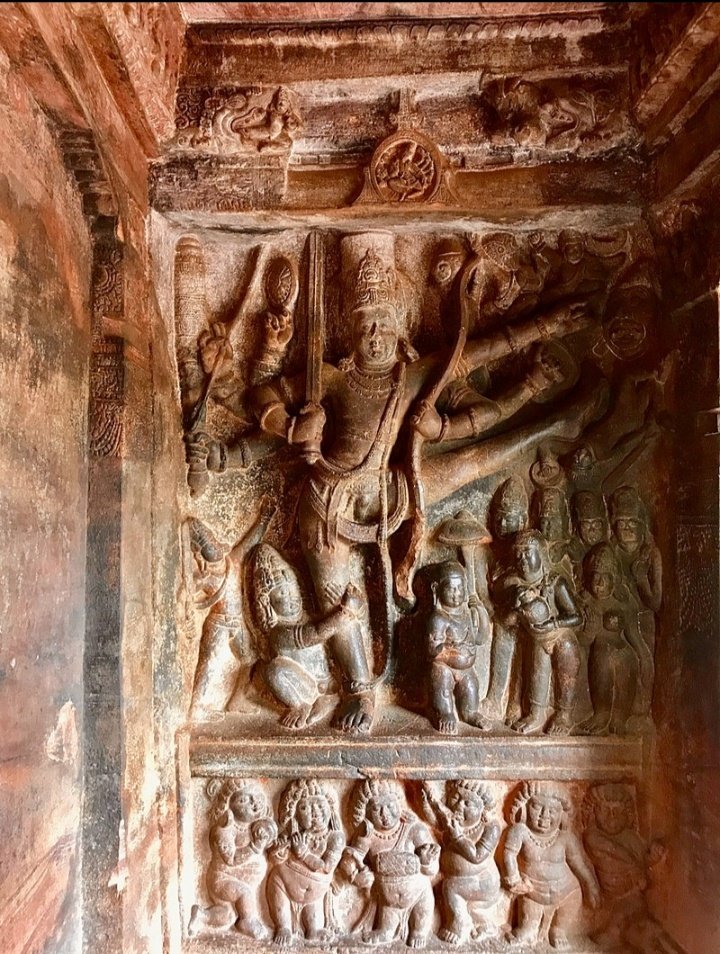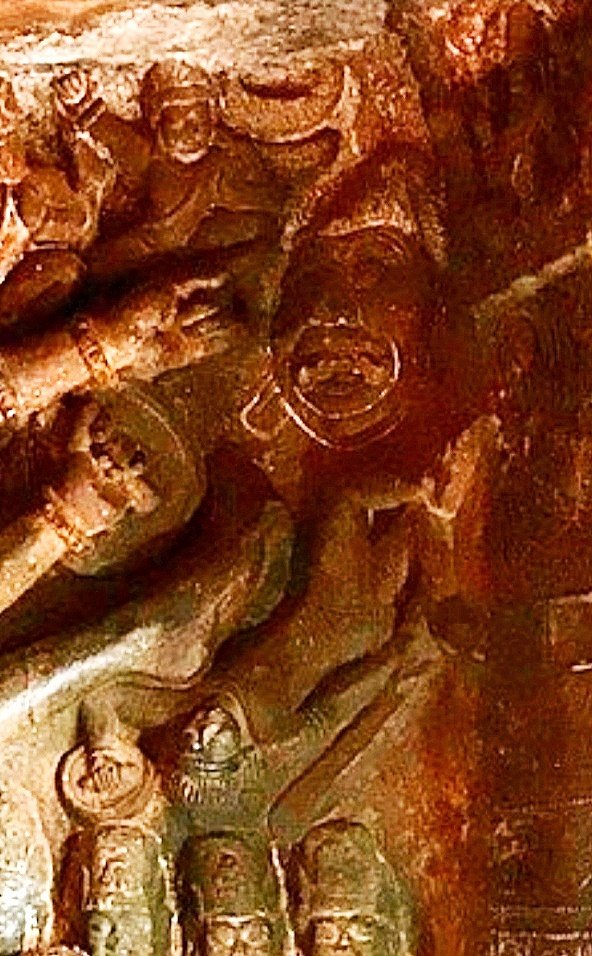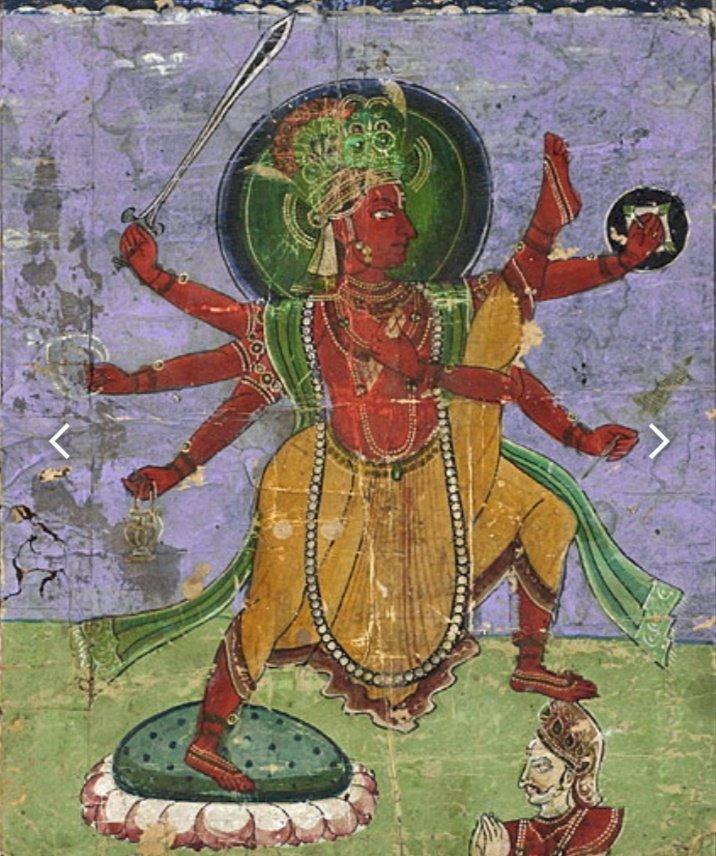
Go well, Yusuf saab.
For me, he reinvented speech itself for Indian cinema. Taking it away from the distant theatrical orations of the likes of Sohrab Modi. Down to ordinary human speech, intimate whispers, mumbles, bringing a sense of nearness and interiority.
#DilipKumar
For me, he reinvented speech itself for Indian cinema. Taking it away from the distant theatrical orations of the likes of Sohrab Modi. Down to ordinary human speech, intimate whispers, mumbles, bringing a sense of nearness and interiority.
#DilipKumar

The classic clash of styles came in Mughal-e-Azam, where his soft, sensitive Salim faced off against the thunderous Prithviraj Kapoor with...yes, words...but also silences, and speaking eyes.
The scene that framed this the best is his very entry....
The scene that framed this the best is his very entry....
All the grandiose pageantry of the Mughal court comes to us first, nobles, palace maids and eunuchs running about, orchestras heralding his arrival....
All that magniloquence comes to a halt in anticipation of his first words.
And it's an intimate whisper: "Ma".
All that magniloquence comes to a halt in anticipation of his first words.
And it's an intimate whisper: "Ma".
His very diction has filled out our notions of a Hindi film hero's speech more than we sometimes realise. Amitabh Bachchan lifted his entire tone and modulation. (And Shahrukh Khan after him.)
I realised this as a teenager one day, when the TV was playing in the other room...
I realised this as a teenager one day, when the TV was playing in the other room...
...I rushed out thinking an Amitabh Bachchan film was on! That was clearly Amitabh speaking!
(Back in the early eighties, we were all still fans.)
Still recall the shock. I ran into a B&W frame, with a horse-back #DilipKumar filling the screen, quite the young charmer then.
(Back in the early eighties, we were all still fans.)
Still recall the shock. I ran into a B&W frame, with a horse-back #DilipKumar filling the screen, quite the young charmer then.
Syllable for syllable, the rise and fall in tone, the enunciation, the chosen places for emphasis...there was no doubt that Amitabh had found a singular model to emulate and base his speech on.
Another lesser-known side of #DilipKumar. I couldn't ever fathom why composers never made him sing more. To my mind, this one song beats everything that happened in film music since the eighties.
The film is Musafir. Hrishikesh Mukherjee's first.
The film is Musafir. Hrishikesh Mukherjee's first.
https://twitter.com/kazhugan/status/1412618516394438661?s=19
For #DilipKumar, the person, look no further. In his own words.
https://twitter.com/Razarumi/status/1412626128649568259?s=19
Gathered all of what I wrote on #DilipKumar into a single tribute. Slightly expanded, but still a quickie. Pardon any infelicities.
And thank you so much @drmanishranchi for allowing me to steal your lines without you knowing :))
And thank you so much @drmanishranchi for allowing me to steal your lines without you knowing :))
https://twitter.com/Rubenbanerjee/status/1412663168912924675?s=19
On the politics of naming, edge-wise....
https://twitter.com/kazhugan/status/1412663351704899584?s=19
And one for the sadists with zero-watt tubelight brains....
https://twitter.com/kazhugan/status/1412714942944350208?s=19
• • •
Missing some Tweet in this thread? You can try to
force a refresh








